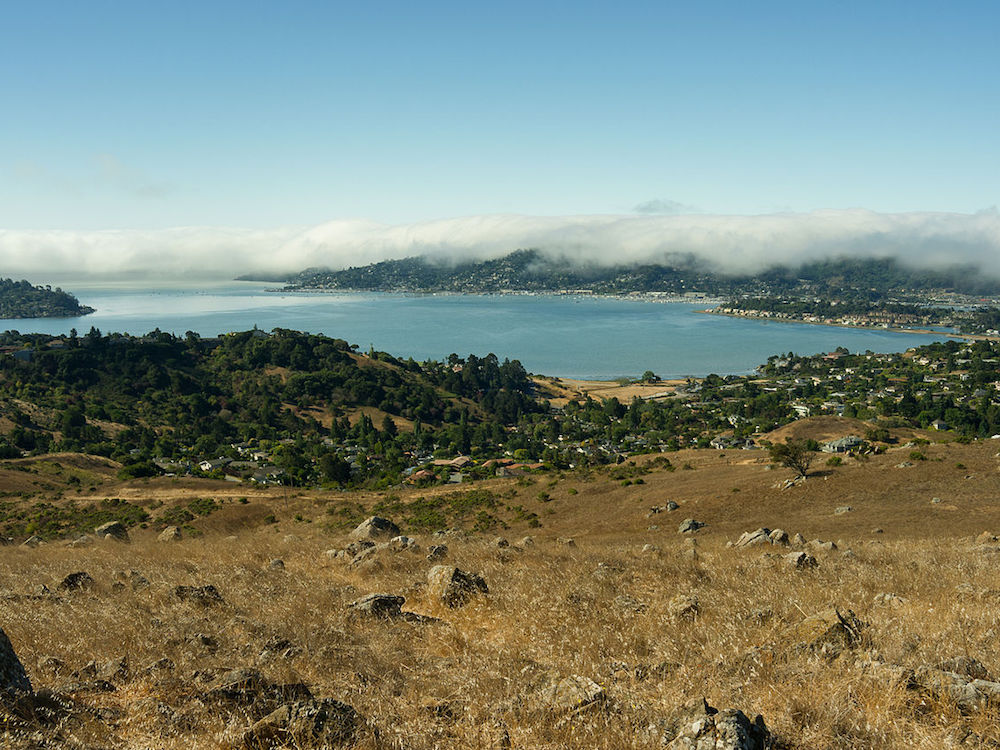You've likely heard of blue moons,chinese eroticism but have you heard of blue dunes? Specifically, blues dunes on Mars.
If not, have no fear. NASA's got you covered.
On Thursday, the U.S. space agency released a breathtakingly beautiful photo alongside a post titled, "Blue Dunes on the Red Planet."
As noted in the post, the dunes surround Mars' northern polar cap and were created by gusts of wind. The image below shows an area (80.3 degrees north latitude, 172.1 degrees east longitude) that's 19 miles wide — though the dunes reportedly cover an area as large as the state of Texas.
This particular scene was taken with the infrared camera of the Mars Odyssey orbiter, called the Thermal Emission Imaging System (THEMIS).
One of the most striking aspects of the photo is the vivid coloring seen throughout the dunes. As NASA described, the varying colors in this false-color image correspond with different dune temperatures.
The orangey, yellow-ish dunes, which have massive coral reef energy, signify warmer temperatures. And the blue areas seen in the upper lefthand corner of the image, which resemble dreamy lagoons or blankets of snow, have cooler temperatures.

As NASA explained in another post, the THEMIS "measures the surface temperature day and night, allowing scientists to determine what physical materials, such as rock, sand, or dust, exist. Its data reveals the presence of these materials based on how they heat up or cool down over the course of a Martian day."
The post goes on to note that in addition to helping scientists create maps of Mars, the THEMIS allows them to identify the presence of everything from sandstone to salts. Laura Kerber of NASA's Jet Propulsion Laboratory, who works as Odyssey's deputy project scientist, was quoted saying, "It's hard to overstate how the THEMIS global map has filled gaps in our knowledge."
The blue dunes photo above combines images taken from the orbiter during Dec. 2002 and Nov. 2004. It's just one of a historic collection of images compiled to celebrate the Odyssey's 20th anniversary.
The Odyssey launched from Florida's Cape Canaveral Air Force Station on April 7, 2001, and it entered the Mars orbit that October. It remains in orbit 19-plus years later, which makes it the longest-working Mars spacecraft in history.
(Editor: {typename type="name"/})
 NYT mini crossword answers for April 24, 2025
NYT mini crossword answers for April 24, 2025
 Poetry Rx: Your Absence Has Gone through Me by Claire Schwartz
Poetry Rx: Your Absence Has Gone through Me by Claire Schwartz
 Staff Picks: Sapphics, Scandals, and Skies by The Paris Review
Staff Picks: Sapphics, Scandals, and Skies by The Paris Review
 Meta Quest 3 is practically a Quest 3.5 now with this new update: 3 new features
Meta Quest 3 is practically a Quest 3.5 now with this new update: 3 new features
Norrie vs. Diallo 2025 livestream: Watch Madrid Open for free
 TL;DR:Live stream Norrie vs. Diallo in the 2025 Madrid Open for free on RTVE. Access this free strea
...[Details]
TL;DR:Live stream Norrie vs. Diallo in the 2025 Madrid Open for free on RTVE. Access this free strea
...[Details]
Amazon launches its virtual health clinic across all 50 states
 Amazon announced this week that it launched its virtual health clinic nationwide, meaning customers
...[Details]
Amazon announced this week that it launched its virtual health clinic nationwide, meaning customers
...[Details]
Best Nintendo Switch deal: Get Super Mario Odyssey for $20 off
 SAVE $20: As of Dec. 6, get Super Mario Odyssey for $39.99. That's a 37% discount and $20 down from
...[Details]
SAVE $20: As of Dec. 6, get Super Mario Odyssey for $39.99. That's a 37% discount and $20 down from
...[Details]
Redux: Desire Is Curled by The Paris Review
 Redux: Desire Is CurledBy The Paris ReviewMarch 26, 2019ReduxEvery week, the editors of The Paris Re
...[Details]
Redux: Desire Is CurledBy The Paris ReviewMarch 26, 2019ReduxEvery week, the editors of The Paris Re
...[Details]
Antigua GFC vs. Seattle Sounders 2025 livestream: Watch Concacaf Champions Cup for free
 TL;DR:Live stream Antigua GFC vs. Seattle Sounders in the Concacaf Champions Cup for free on Tubi. A
...[Details]
TL;DR:Live stream Antigua GFC vs. Seattle Sounders in the Concacaf Champions Cup for free on Tubi. A
...[Details]
Best Solawave deal: Get a skincare wand bundle for $52 off
 The best Solawave deals at a glance: BEST OVERALL
...[Details]
The best Solawave deals at a glance: BEST OVERALL
...[Details]
The Corner of ‘MacDoodle St.’ and Memory Ln.
 The Corner of MacDoodle St.and Memory Ln.By Mark Alan StamatyApril 4, 2019ComicsMark Alan Stamaty’sV
...[Details]
The Corner of MacDoodle St.and Memory Ln.By Mark Alan StamatyApril 4, 2019ComicsMark Alan Stamaty’sV
...[Details]
Redux: Everything Is a Machine by The Paris Review
 Redux: Everything Is a MachineBy The Paris ReviewApril 16, 2019ReduxEvery week, the editors of The P
...[Details]
Redux: Everything Is a MachineBy The Paris ReviewApril 16, 2019ReduxEvery week, the editors of The P
...[Details]
Researchers map the koala genome in the name of saving the species
 Koalas, the tree-dwelling marsupials found in eucalyptus forests and woodlands across Eastern Austra
...[Details]
Koalas, the tree-dwelling marsupials found in eucalyptus forests and woodlands across Eastern Austra
...[Details]
Letters From W. S. Merwin by Grace Schulman
 Letters From W. S. MerwinBy Grace SchulmanMarch 25, 2019In MemoriamGrace Schulman shares snippets fr
...[Details]
Letters From W. S. MerwinBy Grace SchulmanMarch 25, 2019In MemoriamGrace Schulman shares snippets fr
...[Details]
Best roborock deal: Save $400 on Q5 Pro+ Robot Vacuum and Mop

Best bio for Tinder: How to create the best profile

接受PR>=1、BR>=1,流量相当,内容相关类链接。